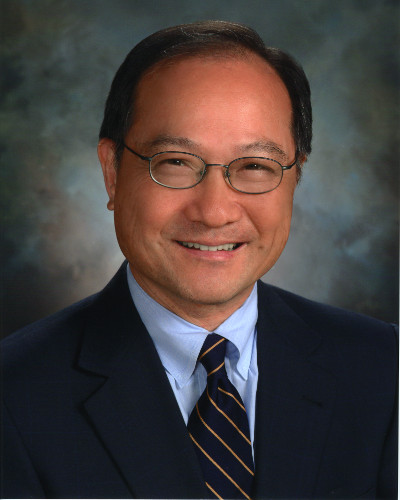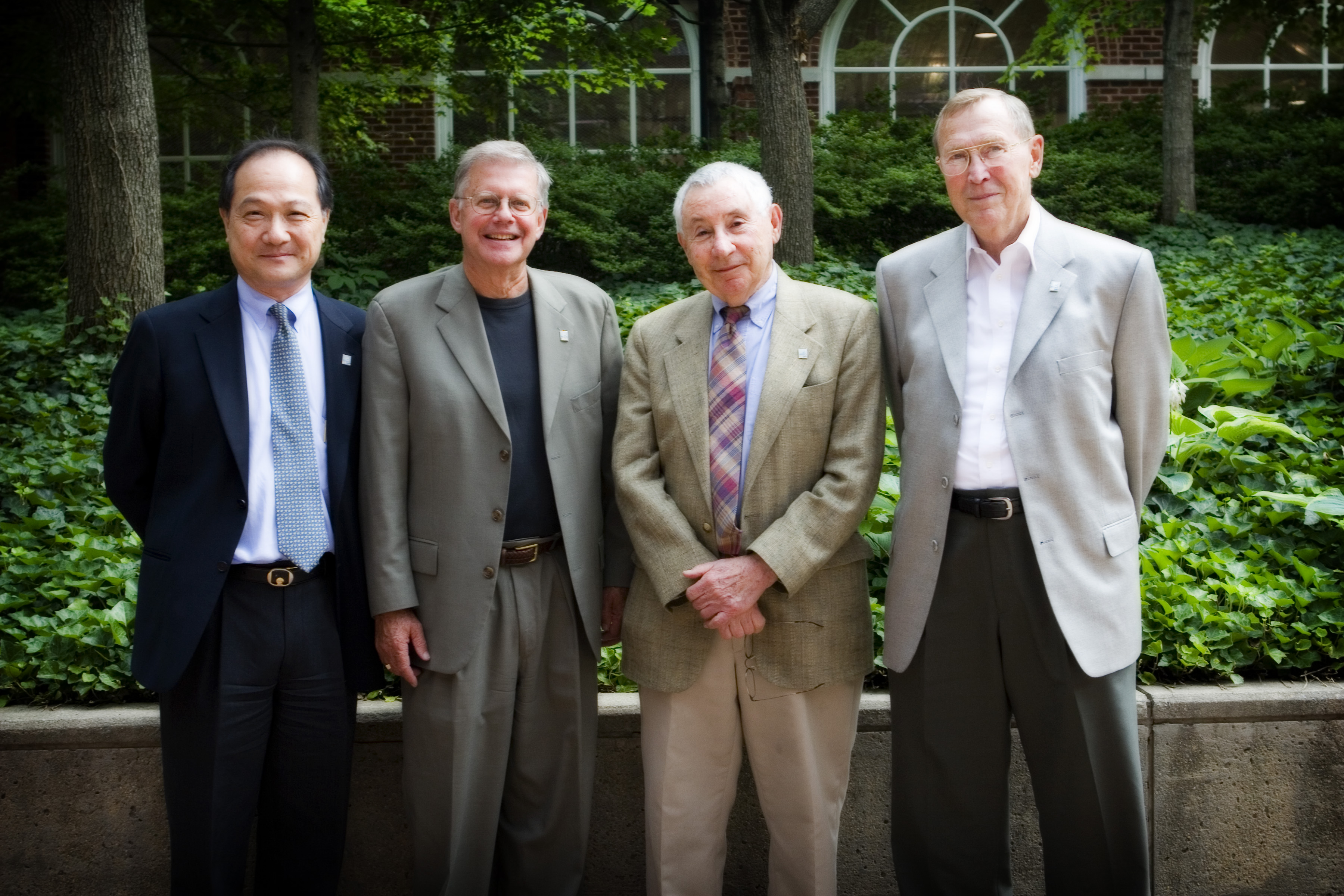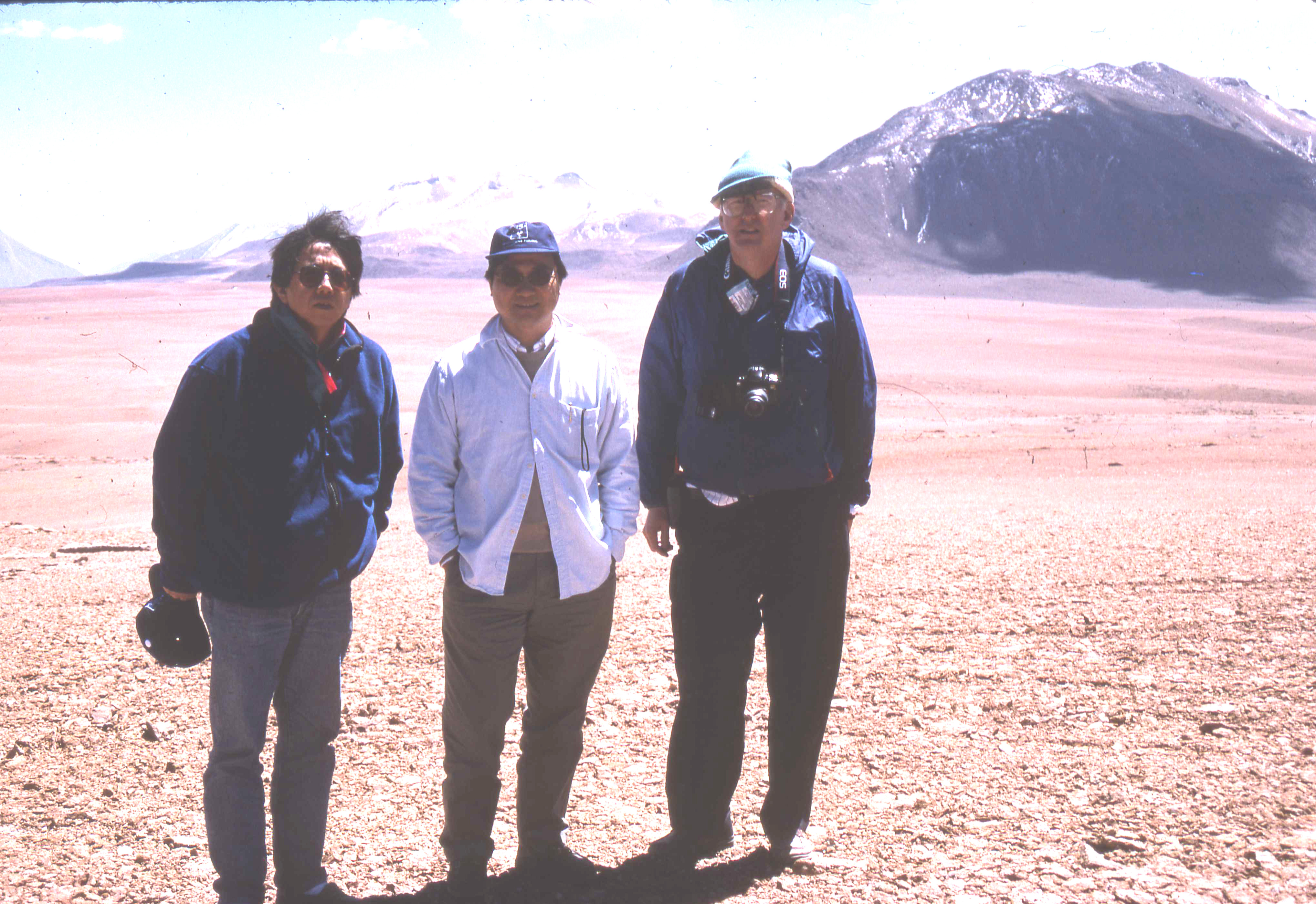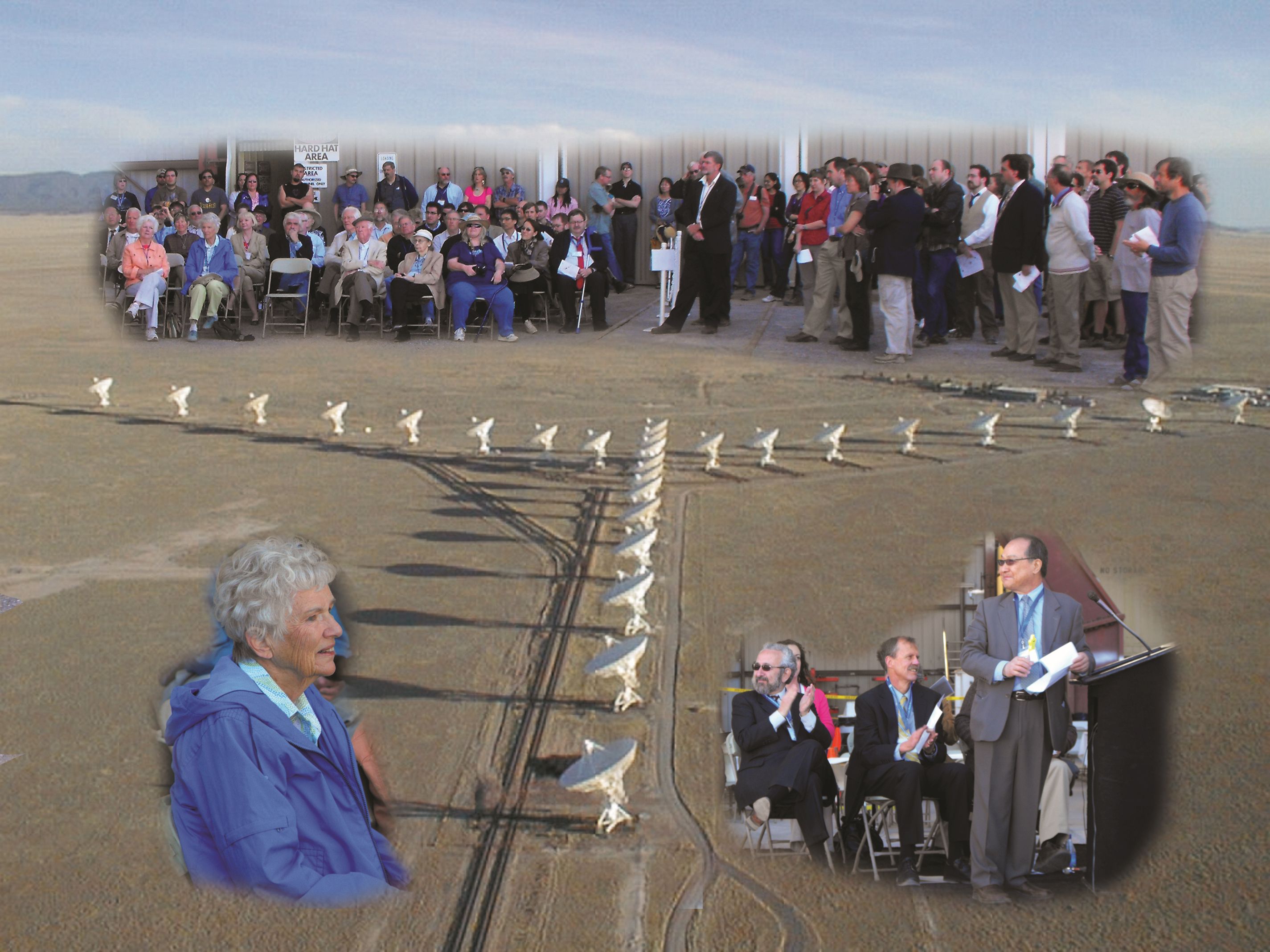Finding Aid to the Papers of Fred K.Y. Lo, 1966-2016
    |
Contents:
Location of collection: National Radio Astronomy Observatory, Archives, 520 Edgemont Rd., Charlottesville, VA. Phone: 1-434-296-0203, email: archivist at nrao.edu Title and dates of the collection: Papers of Fred K.Y. Lo, 1966-2016 Size of the collection: 3.5 linear feet Papers/Records created by: Fred K.Y. Lo (1947-2016) Short description: Fred K.Y. Lo served as director of NRAO from 2002-2012. This collection is comprised of material related to his research interests, committee service and administrative roles both at NRAO and elsewhere. This collection does not include official material from his time as NRAO director.
Biography: Born in 1947 in Hong Kong, Fred (Kwok-Yung) Lo arrived in the United States in 1965 to attend the Massachusetts Institute of Technology (MIT). He graduated with a B.S. in Physics in 1969 and a Ph.D., also in Physics, in 1974. Lo joined the California Institute of Technology (Caltech) in 1974 as a Research Fellow in Radio Astronomy but left in 1976 to take up a Miller Fellowship at the University of California, Berkeley. Two years later he returned to Caltech as a Senior Research Fellow and was appointed Assistant Professor of Astronomy in 1980. Lo was an accomplished radio astronomer and physicist whose research impacted international scientific progress across multiple fields. His interests ranged from mega-masers to star formation, starbursts, the Galactic Center, and cosmology. At Caltech Lo made pioneering very long baseline interferometry (VLBI) studies of H2O and OH maser emission regions with Bernard Burke; and VLBI observations of SgrA* with Marshall Cohen, Tony Readhead and Don Backer. He played a leading-pioneering role in all three areas and is particularly remembered for his classic VLBI studies of SgrA*, the radio source associated with the supermassive black hole at the Galactic Center. These showed that at centimeter wavelengths the observed size of the radio source is dominated by interstellar scattering, thus demonstrating that millimeter VLBI would be needed to study this object at radio wavelengths and paving the way for the Event Horizon Telescope. Lo also played a key role in the early construction of Caltech's Owens Valley Millimeter Wave Array, leading the observations that produced the first millimeter-wave interferometric map of carbon dioxide emission from an external galaxy. In 1986, he and Mark Claussen were the first to suggest that luminous water maser emission in external galaxies is circum-nuclear, affiliated with active galactic nuclei, and could serve as very high resolution probes of the centers of galaxies. These keen insights led eventually to the Megamaser Cosmology Project that is now accurately measuring the expansion rate of the Universe and that will yield a direct test of the standard cosmological model and meaningfully constrain the nature of dark energy. In 1986, Lo joined the University of Illinois Astronomy Department as a full professor. There, he established a mm/submm receiver laboratory in collaboration with the Illinois solid state physics program, enabling construction of the first SIS junctions for the Berkeley-Illinois-Maryland Array. The lab also worked with the University of Chicago on receiver development for the South Pole Telescope. Starting in 1990 Lo formed a core group that included Paul Ho, Typhoon Lee, Frank Shu, and Chi Yuan to found what became Academia Sinica's Institute of Astronomy and Astrophysics (ASIAA). in Taiwan. Lo's commitment to this effort is reflected in his service as Distinguished Research Fellow and Director of ASIAA from 1997 to 2002. In 1998 he was elected as an Academician of Academia Sinica and appointed Professor of Physics at the National Taiwan University. His directorship at ASIAA saw a remarkable expansion of Taiwanese participation in the some of the most important radio astronomy projects in the world: the Berkeley-Illinois-Maryland mm-wave array in Hat Creek California; the Harvard-Smithsonian Submillimeter-wave Array in Hawaii, and the international Atacama Large Millimeter-wave Array in Chile. Lo eminence as a scientist and scientific leader led to his appointment as National Radio Astronomy Observatory (NRAO) Director and Distinguished Astronomer in from September 2002 to May 2012, an important decade during which the NRAO and its international partners realized the construction and initiation of science operations with the Atacama Large Millimeter/submillimeter Array (ALMA). His directorship also encompassed the Expanded Very Large Array (EVLA) project. This was completed on time, to specification, and under budget, enabling the reincarnation of the 1970s-era VLA as the much more capable Karl G. Jansky Very Large Array. In addition, the Green Bank Telescope and the Very Long Baseline Array made extraordinary progress in their scientific capabilities and productivity. Lo's vision and leadership were vital to each of these major NRAO technical and scientific successes. Lo died in Charlottesville, VA in 2016. [Biographical note contributed by Paul Vanden Bout and Anneila Sargent.] Accession history: Materials in the collection were donated by the Lo family in fall 2021. Access to collection: No restrictions. The Archives are open part-time; contact the Archivist for appointment. Restrictions on use of collection: None. Publication rights: Copyright for personal and research papers has been assigned to the NRAO/AUI Archives; all requests for permission to publish or quote from manuscripts must be submitted in writing to the Archivist. Preferred citation: National Radio Astronomy Observatory/Associated Universities, Inc. Archives, Papers of Fred K.Y. Lo, <series/unit/subunit/box #>. After the initial citation, abbreviations may be used: NRAO/AUI Archives, Lo Papers, <series/unit/subunit/box #>. Processing notes: Arrangement, description, foldering and boxing of the material was done by Heather Cole in fall 2021. Fasteners were removed and materials were removed from binders of various types. Materials unrelated to radio astronomy were returned to the Lo family. National Radio Astronomy Observatory (NRAO) Series: Lo served as director of the NRAO from 2002-2012. This series is comprised of a small assortment of projects in which he was involved at NRAO. Size: 0.5 linear feet. Click here for a listing of folders. Research Series: Lo's research interests ranged from star formation in various environments to the structure of Sagittarius A at the center of the Milky Way Galaxy. The material in this series includes his BS and draft PhD theses for MIT, observing proposals for various telescopes, reprints and drafts of academic papers, and related correspondence, notes and course material. Material dates from 1969 to 2016. Size: 0.75 linear feet. Click here for a listing of folders. Notebooks Series: This collection consists of 14 notebooks and one folder of unbound notes, dating from 1969 to 2013. Some are observation logbooks, others relate to research interests or administrative issues. Size: 1.0 linear feet. Click here for a listing of notebooks. Councils & Committees Series: This series reflects a small portion of the committees and panels on which Lo served during his career. Material dates from 2004 to 2013. Size: 0.25 linear feet. Click here for a listing of folders. Conferences & Symposia Series: This series is comprised of agendas, proceedings and abstracts from radio astronomy conferences and symposia from 1997 to 2015. Size: 0.5 linear feet. Click here for a listing of folders. Notes & Papers Series: This series includes assorted reports, correspondence and lecture notes from two early radio astronomy courses taught at MIT: The Detection and Measurement of Radio Astronomical Signals (fall 1966) by D.H. Staelin and Fundamentals of Radio Astronomy (1970) by Alan H. Barrett. Size: 0.75 linear feet. Click here for a listing of folders. |
